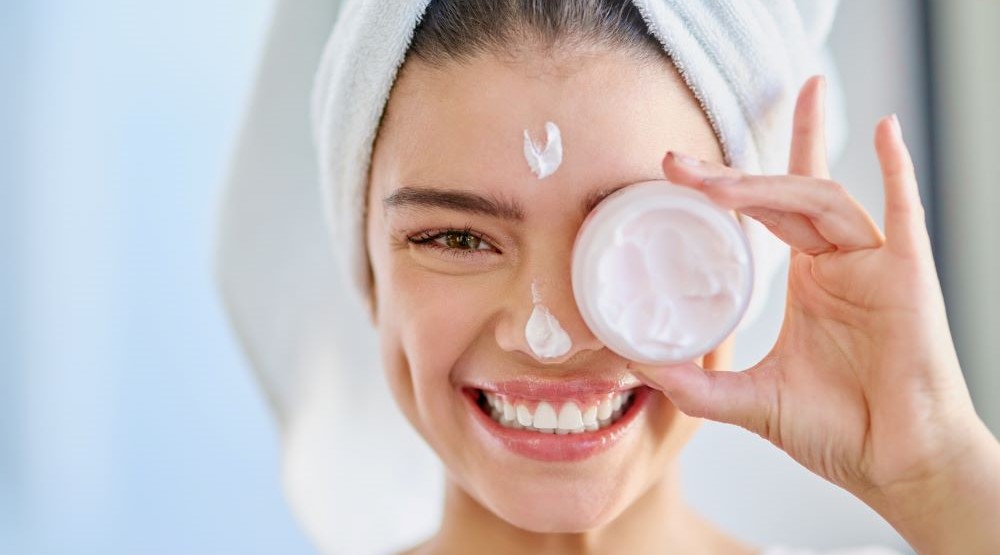Dermatologists have ditched the dirt on clean beauty products warning that ‘natural’ does not mean ‘safe’ in JAMA (the Journal of the American Medical Association).
In an editorial published in JAMA Dermatol this month, Dr Courtney Blair Rubin and Dr Bruce Brod from the University of Pennsylvania argue that the clean beauty/natural skincare market, which now accounts for over a quarter of America’s skincare sales, is growing largely due to misleading, and sometimes dangerous, claims.
“The clean beauty movement has demonised hundreds of compounds… [but] an arbitrary designation of ‘clean’ or ‘natural’ does not necessarily make products safer for consumers,” the article said.
“The US Food and Drug Administration (FDA) has failed to define ‘clean’ and ‘natural’, leaving these labels open to interpretation by non-dermatologist retailers, bloggers and celebrities who have set out to define ‘clean beauty’ for themselves.
“There seems to be discordance between what dermatologists know about the science of the skin and what is being disseminated to consumers.
“Many of the ingredients that have been denounced by clean beauty evangelists seem to be selected haphazardly as companies attempt to ‘greenwash’ their products to make them more attractive to conscientious shoppers.”
Ingredient issues highlighted in the ‘Natural does not mean Safe ‒ the dirt on Clean Beauty products’ editorial include:
Petrolatum: Despite its inclusion on banned ingredients lists, “dermatologists have consistently recommended petrolatum to patients with skin barrier disruption owing to its non-allergenicity, superior qualities as a humectant, and economical cost that makes it accessible to patients of all backgrounds”.
Parabens: Named as the ‘2019 Non-allergen of the Year’ by the American Contact Dermatitis Society, parabens are “some of the least allergenic preservatives available with rates of contact sensitisation between 0.5 percent to 1.4 percent”.
Preservatives: “While Goop states that ‘the worst offenders are preservatives that release formaldehyde, a known human carcinogen and potent skin irritant and allergen’, large-scale studies across Europe and the US investigating the rates of contact dermatitis to common preservatives show that the preservatives most frequently implicated in contact sensitisation are isothiazolinones, including methylchoroisothiazolinone and methylisothiazolinone, which are not formaldehyde releasers… The natural skin care movement’s intolerance of parabens and other safer preservatives has unintended consequences… This unwarranted avoidance of low-allergen and safe preservatives and increased use of botanicals has been associated with a new epidemic of contact dermatitis, which is responsible for high medical bills, time away from work and family, and a diminished quality of life.”
Chemical sunscreens: “Although there is evidence of systemic absorption of sunscreen ingredients, we do not yet have data to link this systemic absorption with toxic or adverse effects… sunscreens remain critical in our defense against keratinocytic skin cancers.”
Botancial extracts: “High concentrations of botanical extracts are a leading cause of both irritant and allergic contact dermatitis and photosensitisation… In a study done by the University of Ferrara 6.22 percent of topical herbal product users reported one or more adverse cutaneous reactions.”
The authors stressed that while it is imperative for people with contact dermatitis to avoid any ingredients they are sensitised to “many of the strongest voices in the clean beauty movement suggest avoiding ingredients owing to a theoretical risk of endocrine disruption and cancer, despite the fact that a causative relationship between these disease states and the concentration of these ingredients in cosmetic products has not been proven”.
In addition, “in the same way that the anti-vaccine movement often fails to acknowledge the success of vaccines in promoting population health, it is easy to forget that the use of safe preservatives such as parabens and formaldehyde releasers is necessary to prevent severe infections and complications such as the Pseudomonas-induced corneal ulcers reported in the 1970s from inadequately preserved mascara”.
The authors concluded that the FDA should consider defining clean and natural “to prevent consumer misconceptions about what these terms mean” and encouraged consumers to “demand that the clean beauty movement back up their claims with evidence”.
For more news and updates, subscribe to our weekly newsletter.

